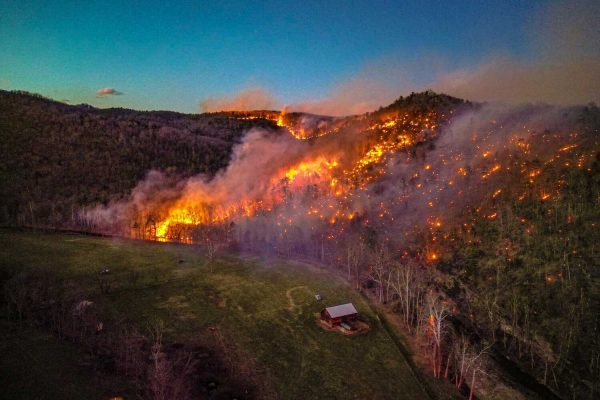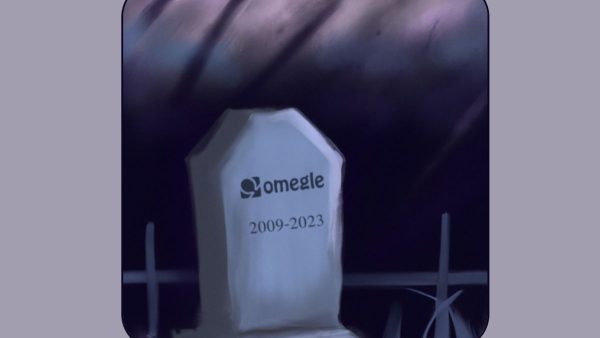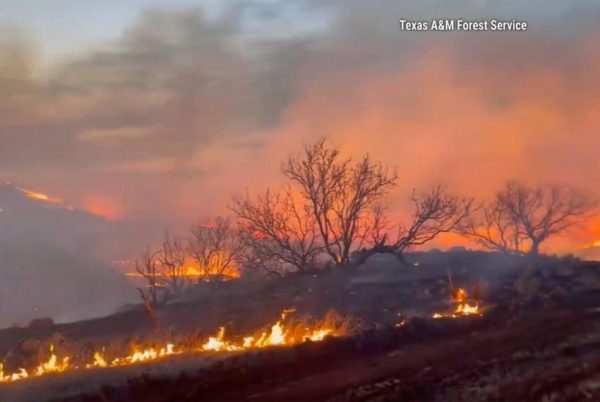Define “Sexual Harassment”: Federal Changes to Title IX Undermine Support for K-12 Harassment Victims
Saul Loeb/AFP via Getty Images
Betsy DeVos has led the Department of Education in the upheaval of sexual harassment regulations.
May 8, 2020
The United States Department of Education has released a new set of regulations under Title IX that will require students to endure additional abuse before holding a valid complaint of sexual harassment in K-12 schools. Released Wednesday, the new rules conclude a years-long effort led by U.S. Secretary of Education Betsy DeVos to overhaul sexual harassment and assault laws. While some provisions of the new directive benefit students, especially those in a post-secondary school setting, many of the changes create difficulties for K-12 students who attempt to report sexual harassment. The reason for this lies within the Department of Education’s new definition of sexual harassment.
Davis v. Monroe Board of Education – The New Definition
The case of Davis v. Monroe Board of Education was brought to the Supreme Court in May 1999. The case centered around LaShonda Davis, a fifth-grade student who was sexually harassed by a classmate identified as “G.F.” This classmate, who inappropriately touched, directed offensive language towards, and attempted to fondle Davis, prompted several complaints to school officials. When no action was taken, Davis’s parents filed suit against the school under Title IX, a law that prohibits governmental discrimination based on sex, for failing to protect their daughter. The case made its way to the Supreme Court, which ruled in favor of the Davis family. In the majority opinion, the Court stated that sexual harassment must be deemed “severe, pervasive, and objectively offensive that it can be said to deprive the victims of access to the educational opportunities or benefits provided by the school.” While this statement supported Davis and her parents in their suit, this characterization of sexual harassment in education settings would eventually be replaced by the phrase “severe, persistent or pervasive” through the 1997 Sexual Harassment Guidance, a document published by the Department of Education to better support students facing sexual harassment.
The Return of Davis
In 2001, the Department of Education published another set of guidance for schools regarding sexual harassment. This guidance, among other notable changes, reverted the definition of sexual harassment to reflect sexual harassment as defined in the Davis case. The key difference between this guidance and the Davis definition laid in the Department’s statement that “Both the Court’s and the Department’s definitions are contextual descriptions intended to capture the same concept – that under Title IX, the conduct must be sufficiently serious that it adversely affects a student’s ability to participate in or benefit from the school’s program.” So while the 2001 guidance may have reverted back to the Davis ruling, the context of the definition for sexual harassment, which primarily focused on the severity of a sexual harassment complaint, remained the same.
Under the newly released rules, which are set to take effect on August 14, this definition has been altered once again. The set of guidance released by the Department of Education on Wednesday has almost entirely returned to the Davis ruling. A student must now prove that the harassment is “severe,” recurrent over a period of time (“pervasive”), and would be considered offensive to anyone (“objectively offensive”) to have a sound case of sexual harassment. This suggests that certain types of harassment may face challenges in being viewed as legitimate complaints in an educational setting. One instance of this is catcalling, in which the perpetrator whistles, yells, and/or makes a sexual comment to a passerby. Although this type of harassment may be repeated, it tends to occur as a single instance. As a result, the requirement of a “pervasive” nature of harassment means that catcalling, among other types of single-instance harassment, is unlikely to hold up as a complaint.
A Blind Eye for Victims
The new set of guidance also acknowledges the requirement of repeated instances, stating that as the severity of an instance increases, the need for a repeated instance decreases. This means that more severe cases of sexual harassment, such as sexual assault and rape, can be investigated following a single instance, while less severe cases, including unwanted advances and sexual comments, require multiple instances to be considered a valid Title IX complaint. This prevents K-12 schools from effectively responding to a “single instance” of sexual harassment, a situation which empowers harassers and leaves victims feeling helpless.
So while certain aspects of the new guidance may be beneficial, like the requirement for maintaining records of sexual harassment misconduct and allegations, the fundamental definitions underpinning the new set of regulations is flawed in such a way that puts sexual harassment victims at a disadvantage. The Department of Education has explained that the return to the Davis definition was made in an effort to maintain “consistency and simplicity in understanding what is sexual harassment for which the school must take responsive action,” claiming that “A multiplicity of definitions would not serve this purpose.” But, in its attempt to achieve simplicity, it seems the Department of Education has turned a blind eye towards some of the victims of sexual harassment.












